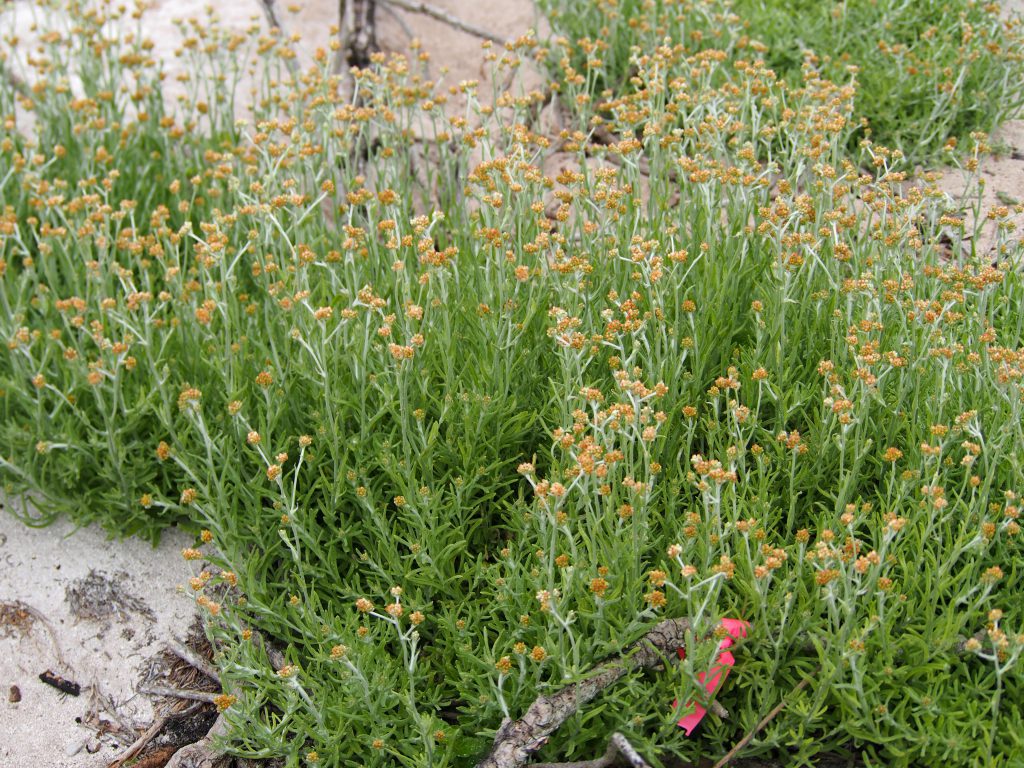ʻEnaʻena
Pseudognaphalium sandwicensium var. sandwicensium
| Stated-recognized | Indigenous |
| NatureServe Heritage Rank | Vulnerable |
| North American Waterbird Conservation Plan |
High Concern |
| Regional Seabird Conservation Plan |
USFWS 2005 |
| Stated-recognized | Indigenous |
| NatureServe Heritage Rank | Vulnerable |
| North American Waterbird Conservation Plan |
High Concern |
| Regional Seabird Conservation Plan |
USFWS 2005 |
